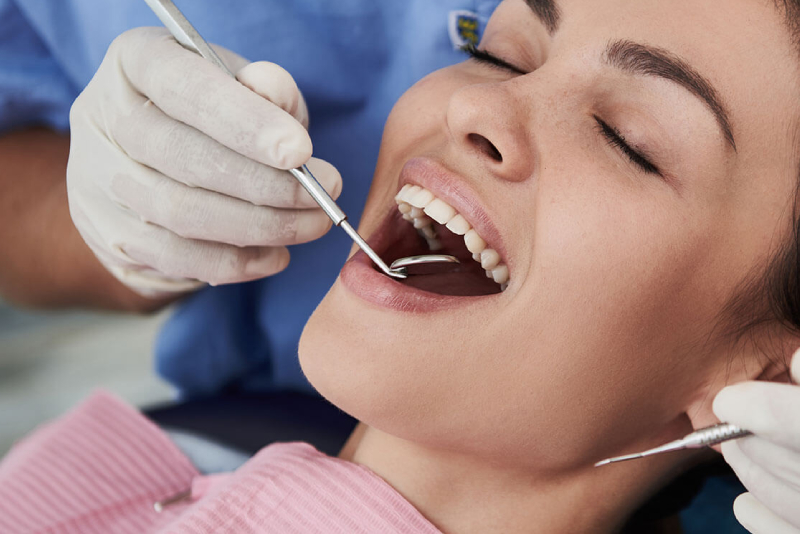
Botox is one neurotoxin protein, it can help treat signs of TMJ or temporomandibular joint disorders. One can benefit most from the treatment when other ways have not worked. Botox can assist in the treatment process of the following symptoms of TMJ disorder:
- lockjaw in cases of severe stress.
- headaches due to teeth grinding.
- jaw tension.
Keep on reading to understand more about the utilization of Botox for TMJ disorders.
Efficacy
Botox can be positive in curing TMJ in a patient. Even though this solution for TMJ disorders is still experimental. The FDA or Food and Drug Administration of the United States has not permitted the utilization of Botox for TMJ disorders.
A study in the year 2012 found that Botox might simply increase the movement of the mouth and decrease for 3 months following treatment. That was one smaller study that had just 26 participants.
The outcomes of 2 other studies, the 1st one published in the year of 2003, and the 2nd published in the year of 2008, were similar. In the 1st study, there were symptoms of improvement in up to 90 % of candidates who did not respond well to conservative treatments. Despite encouraging research outcomes researchers still suggested more studies to assist in better understanding the overall effectiveness of treatments involving Botox for TMJ disorders.
Outlook
Injections regarding Botox are proven to be one relatively effective and safe solution for TMJ disorders. Even though more study is required to decide its entire range of advantages.
When an individual is interested in treatments regarding Botox for TMJ, it is essential to keep in mind that they might have to pay for the process out of their pocket. Because their insurance provider might not cover the cost as the food and drug association has not approved the utilization of Botox for preventing TMJ in this order. However, if an individual does not Desire any invasive procedure or has not responded well to any other treatment methods then getting Botox injections can offer them the relief they require.
What happens while the procedure is going on?
The treatment involving Botox for TMJ disorder is one non-surgical outpatient procedure. A healthcare provider can conduct it right in their clinic. Every treatment session usually takes 10 minutes to 30 minutes. One can anticipate having a minimum of 3 injection sessions over numerous months.
The Healthcare provider is going to inject Botox into the jaw muscles, forehead, and temple. They can also inject it into other sports based on the symptoms. A doctor is going to determine the number of Botox injections one needs. These injections can cause one to feel pain, similar to a prick or a bug bite. Doctors suggest easing the pain with numbing cream or a cold pack.

To sum it up
Even though some improvement can be felt within 24 to 48 hours of treatment it typically takes numerous days to feel proper relief. Patients who have had both dogs treated for their TMJ disorder can anticipate returning to their regular life activities as soon as they step out of Tatum Dentistry. Get in touch today!


















No Comments yet!